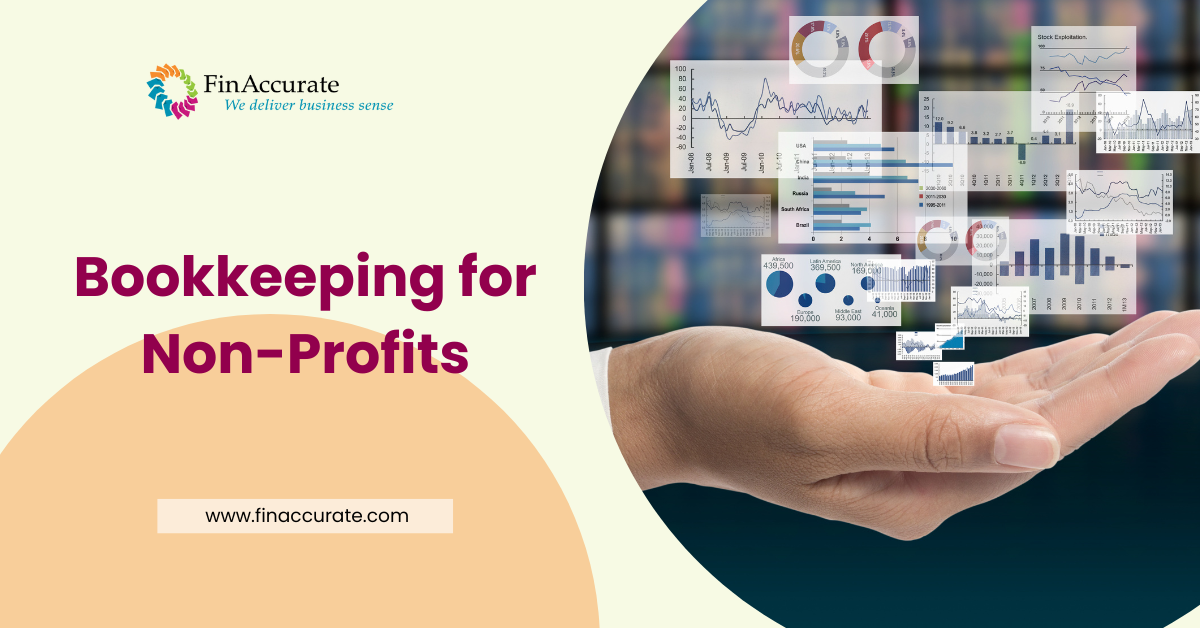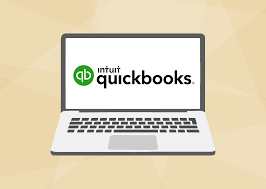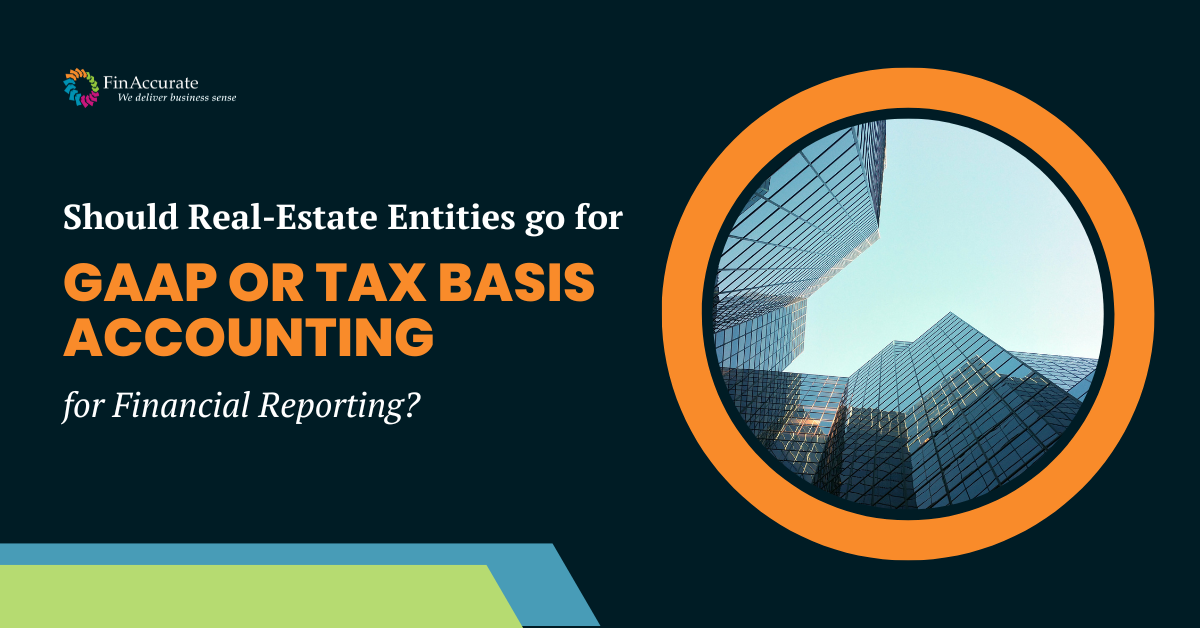When you run a non-profit organization, you have different bookkeeping for non-profits duties than when you run a for-profit business.
Tax payments, financial statements, and keeping records are all made differently by nonprofits than by for-profit businesses. Read on to find out about accounting for nonprofits.
What is considered nonprofit?
A nonprofit organization’s primary goal is not to make money but to help people in need, teach, practice religion, or do research. Even though nonprofits need money to run, making money is not their primary job. Many nonprofits receive tax-exempt status. If you are tax-exempt, you do not have to pay federal business income taxes. However, you might still have to pay state and local income taxes. Nonprofits that don’t have to pay taxes under the 501(c)(3) section.
The goal of non-profit bookkeeping is to provide helpful information to the leadership of an organization so they can make better decisions about how their money is being spent.
Unique aspects of accounting for nonprofits
The organizational structure and governance section will interest those new to the nonprofit world most. The information there, however, is just as crucial for long-time industry professionals.
1. Pick an accounting method.
Like for-profit businesses, nonprofits need to choose an accounting method to keep track of money coming in and going out.
A well-organized accounting system is needed to keep track of all payments and money coming in and going out. For example, you can choose a cash-basis or an accrual accounting system for a nonprofit organization. In cash-basis accounting, you record expenses and income when you pay for or receive them, not when the transaction takes place. For example, you might run a nonprofit where members have to pay dues.
In the cash-basis accounting system, you record payment when you actually get dues from members. But you can’t use this method if you have more than $5 million in annual gross sales or more than $1 million in gross receipts from selling inventory or if you give credit.
Accrual accounting is when you record transactions when they happen. This method uses a double-entry system for keeping track of money. If your nonprofit collects membership dues, you will record income when you send the invoice, even though you have yet to receive the money.
2. Know what your tax duties are.
We are responsible for collecting taxes, fees, and other payments due to the government. We also issue licenses and permits, collect debts owed to the government and assist in administering property tax programs.
If you apply for tax-exempt status and meet the requirements, you don’t have to pay federal income taxes. You might also not have to pay sales or property taxes if you have tax-exempt status. To become tax-exempt, you must fill out Form 1023, Application for Recognition of Exemption Under Section 501(c)(3) of the Internal Revenue Code.
The IRS will then decide if you are eligible based on whether or not your group is “charitable.” Even if you don’t have to pay federal income taxes, you may still have to file an annual small business tax return. You still have to tell the IRS about your income and expenses. Keep accurate records of what you did and how much money you made for the year.
3. Draw up the correct financial Report.
In accounting for a nonprofit, you should make a financial report to show how much money your business has. The three primary financial reports businesses use to make money are income reports, balance sheets, and cash flow reports. Similar financial reports are used by companies that aren’t for profit but have different names and are put together differently.
The financial position report (balance sheet), the report of activities (income statement), and the cash flow report are all used in nonprofit accounting.
The financial position report is like a snapshot of your nonprofit’s health at a specific time. The report shows your assets, your debts, and the amount of money you have. In the nonprofit version, net assets are used instead of equity, which is used in the balance sheet. On the financial position report, the number of your assets must equal the sum of your net assets plus your debts.
The report of activities is like the income statement in how it works. Its purpose is to show how much money was made and spent over a specific period. Like the financial position report, you must report all your income, with or without restrictions from donors.
Lastly, the cash flow report shows how much money comes into and goes out of your business during a specific period. The cash flow report puts cash into three groups: operating activities, investing activities, and financing activities. Your nonprofit can have either positive or negative cash flow.
How is non-profit bookkeeping different?
Non-profit bookkeeping is different in several ways.
Tax Exemption On Non-Profitable Organizations
The first difference is that non-profit organization is exempt from paying taxes. This means they do not have to pay taxes on their profits and cannot deduct any business expenses. Instead, they must report all income and expenses on a Form 990 return.
Financing
Another major difference between for-profit and non-profit bookkeeping is how financing is managed. A for-profit company has access to many different forms of financing, including loans from banks or other institutions. Non-profits, however, have much more limited options for financing. Some non-profits may have access to grants from foundations or government agencies; others may rely on donations from individuals and corporations; some may receive grants and solicit donations and a charge for services rendered (such as a museum). Non-profits are also allowed to accept gifts from individuals or corporations without having those gifts count toward their annual limits on contributions (which are $30,000 per individual).
Reporting requirements
Non-profits must file annual reports with the IRS, known as Form 990s; these reports detail how much money was received in donations and grants over the year, how much was spent on programs and activities, and how much was spent on administrative costs. Non-profits must also file Form 990-N (e-Postcard) if they do not have gross receipts of more than $50,000 or total assets of more than $250,000 at the end of the tax year.
What accounting method should a non-profit use?
Non-profit organizations are not required to use accrual accounting, the most common accounting method for businesses. Instead, non-profits use a modified cash basis of accounting.
This means they only record expenses and revenues in the period they occur rather than matching them up with specific events or transactions. In this way, non-profit organizations can only receive donations or make payments at the end of the year, as they can record these events when they happen.
The main reason why many non-profit organizations choose a modified cash basis is that they don’t have any other choice. Since they don’t have any assets that need to be recorded on their balance sheet, they don’t need to use the accrual method of accounting.
Can you use QuickBooks for nonprofits?
QuickBooks is a cloud-based accounting software program. It’s considered one of the most popular business management software programs today, making it easy to track your cash flow and manage your employees’ payroll and taxes.
Yes, you can use QuickBooks for nonprofits. It’s one of the best options for organizations that must manage their finances and stay within legal boundaries. QuickBooks is a program that lets you track expenses, income, and other financial information for your nonprofit organization. It has been used by organizations large and small for many years—including non-profits—and it’s designed with the needs of those organizations in mind.
You can download QuickBooks online or buy it through an authorized retailer, such as Amazon or MacMall (for Mac users). The software is easy to set up and use; once installed on your computer, it will walk you through all the steps necessary to get started using it.
How do you account for a non-profit organization?
Non-profit organizations can be tricky to account for. They are not-for-profit, which means they don’t make money and therefore do not have a profit/loss statement. However, they must keep track of their finances, so they must track how much money they are making and spending.
To account for a non-profit organization, you first want to create an income statement and balance sheet. You can use these statements to show how much money is coming in and going out of the organization, but you don’t need to post them on your financial statement or include them with your audit.
Consider creating a cash flow statement if your non-profit organization has high operating expenses or relies heavily on donations from donors who give at different times of year (i.e., endowment). A cash flow statement shows how much money came in each month and how much was spent going out each month; this helps you see whether your business has enough cash on hand throughout all seasons of the year (and whether it needs more!).
Conclusion:
Understanding the reasons for different accounting methods allows Non-Profit organizations to plan their bookkeeping activities and develop strategies to manage resources. They also need to pay taxes and fees in other areas, such as property, payroll, sales taxes, etc. We provide a wide range of financial and value add bookkeeping services that meet the needs of your non-profit organization. Our Non-Profit is designed specifically to meet your needs as a Non-Profit. We can assist you with Entity setup, SOI & ATO notification, GST, ACCC tax exemption lodgement, financial reporting, and other statutory obligations.
Please comment below or email us with suggestions, questions, or comments.
We love to hear your comments on this article.
JAY’s Choice:-
- Bookkeepers for small business
- 3 Ways to grow your bookkeeping business
- What are the challenges of the Budget session and solutions to improve it?
- How to identify and avoid problems in Bookkeeping
- 10 Types of Cloud-Based Accounting Services
- 10 Benefits of Outsourced Bookkeeping
- How to hire a top bookkeeper: a comprehensive guide
- 5-Ways Hiring A Bookkeeper Can Make Your Business More Profitable
- Bookkeeping For Non-profits
- Accounting Year-End Checklist for Your Small Business












